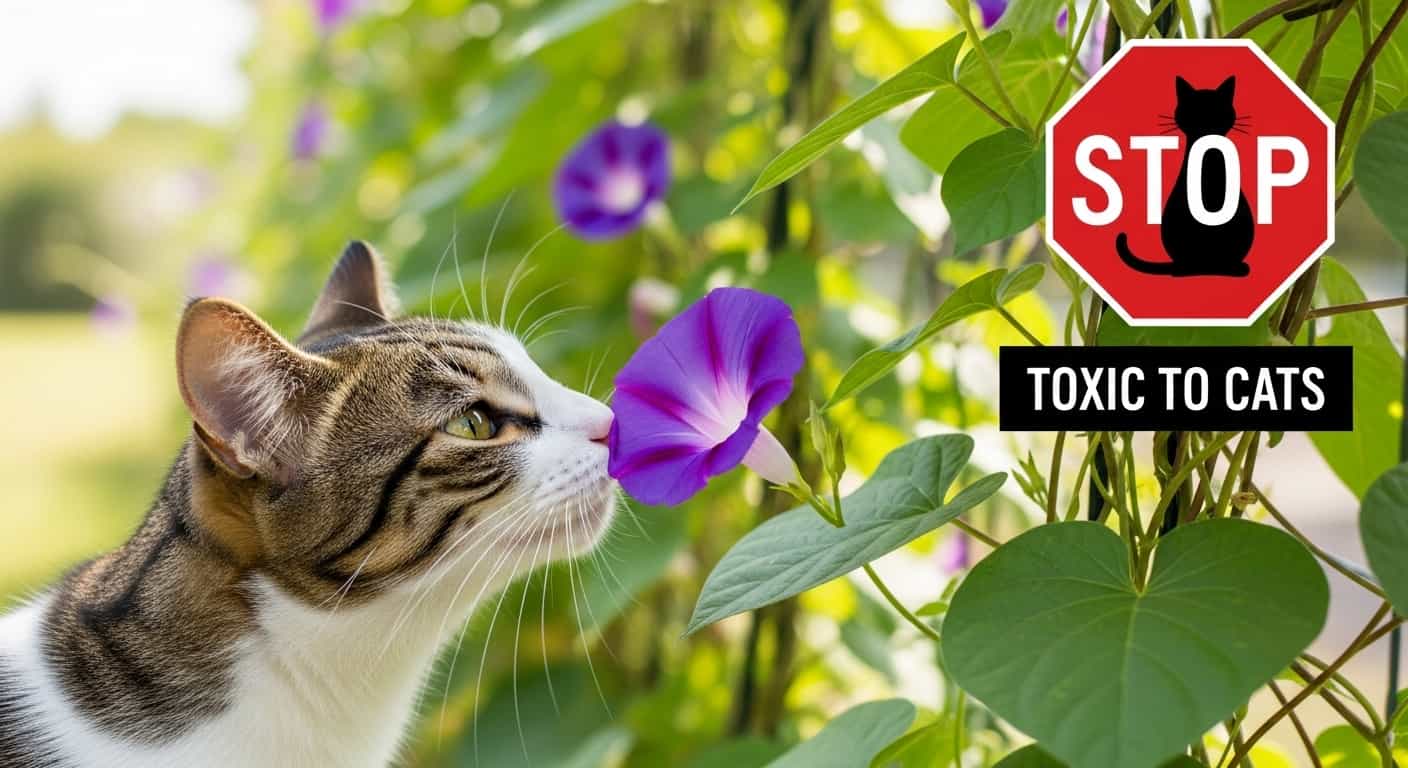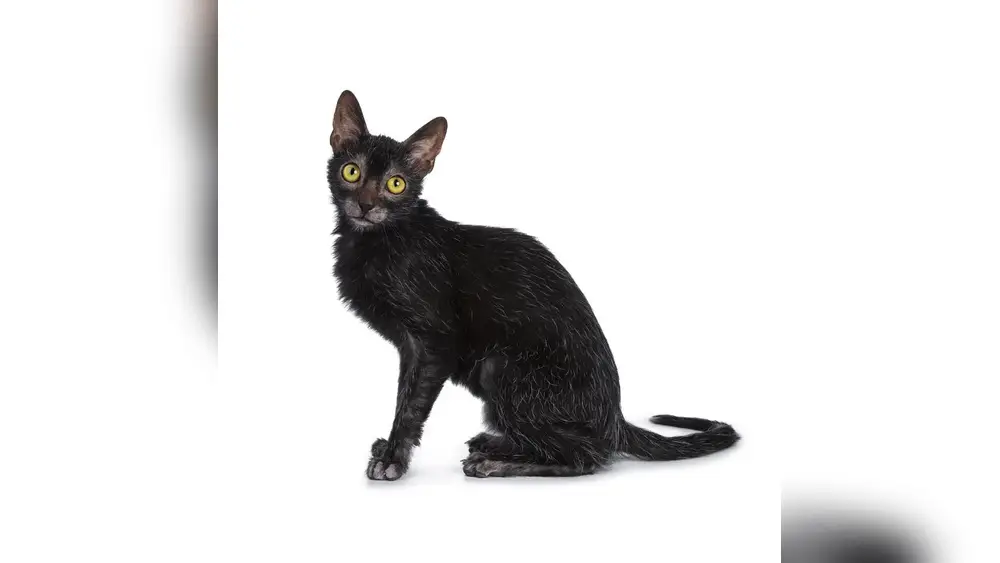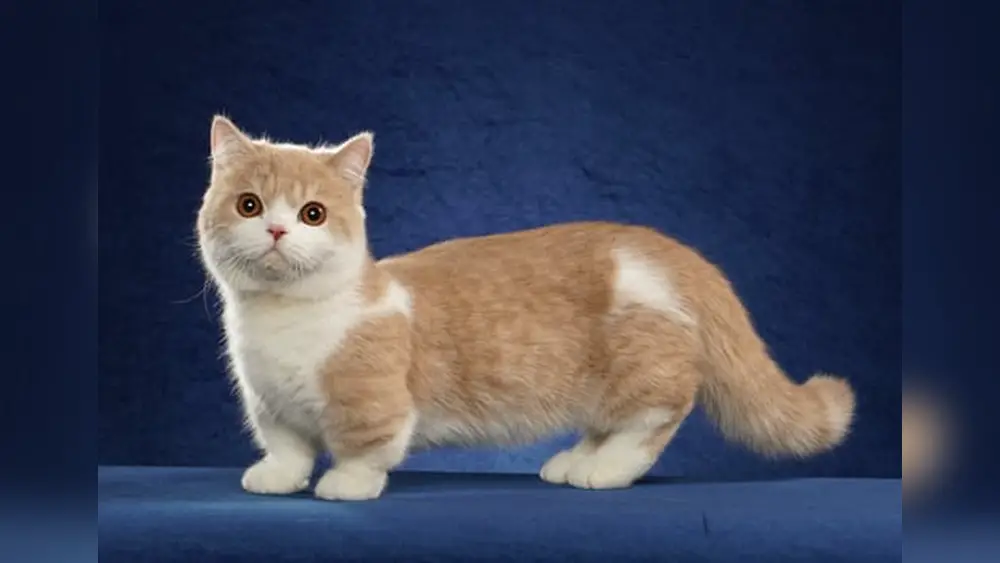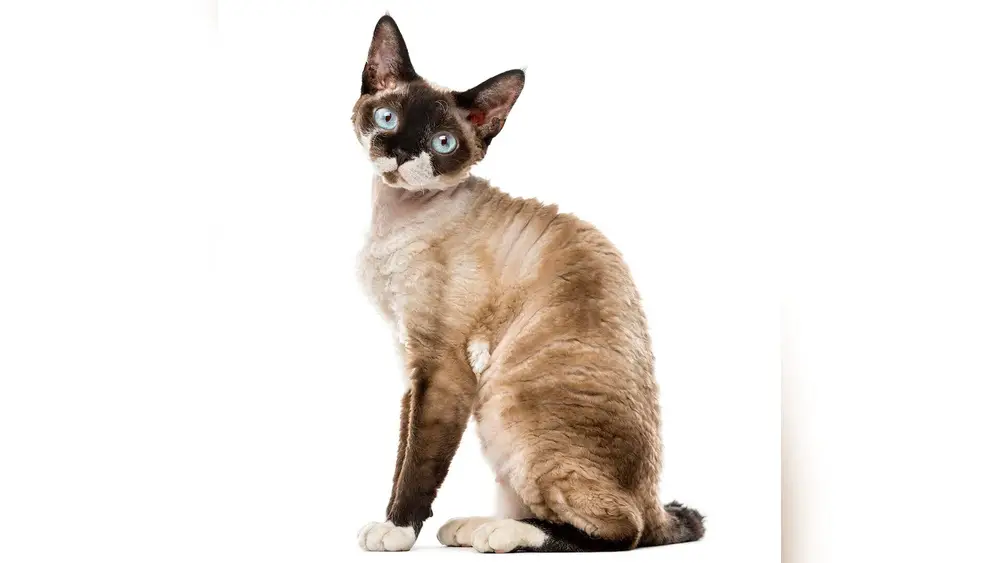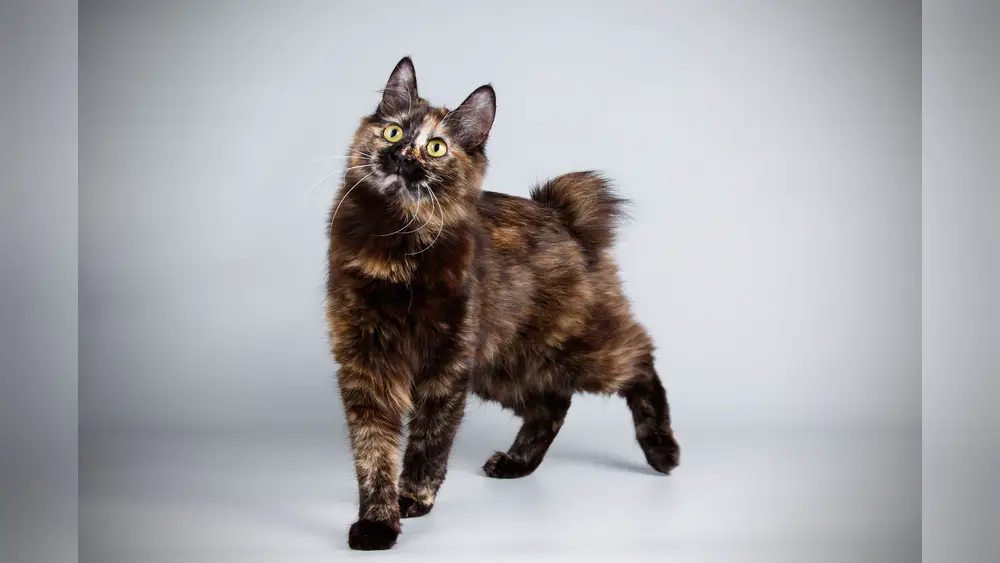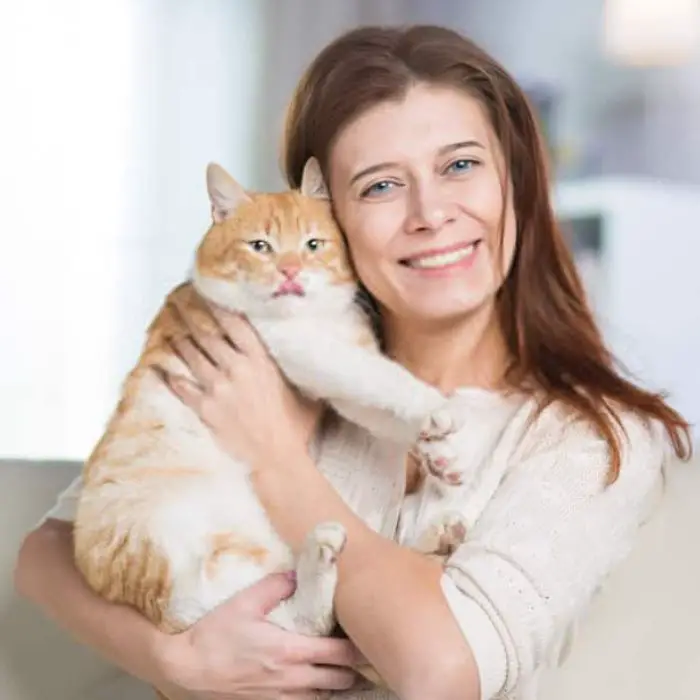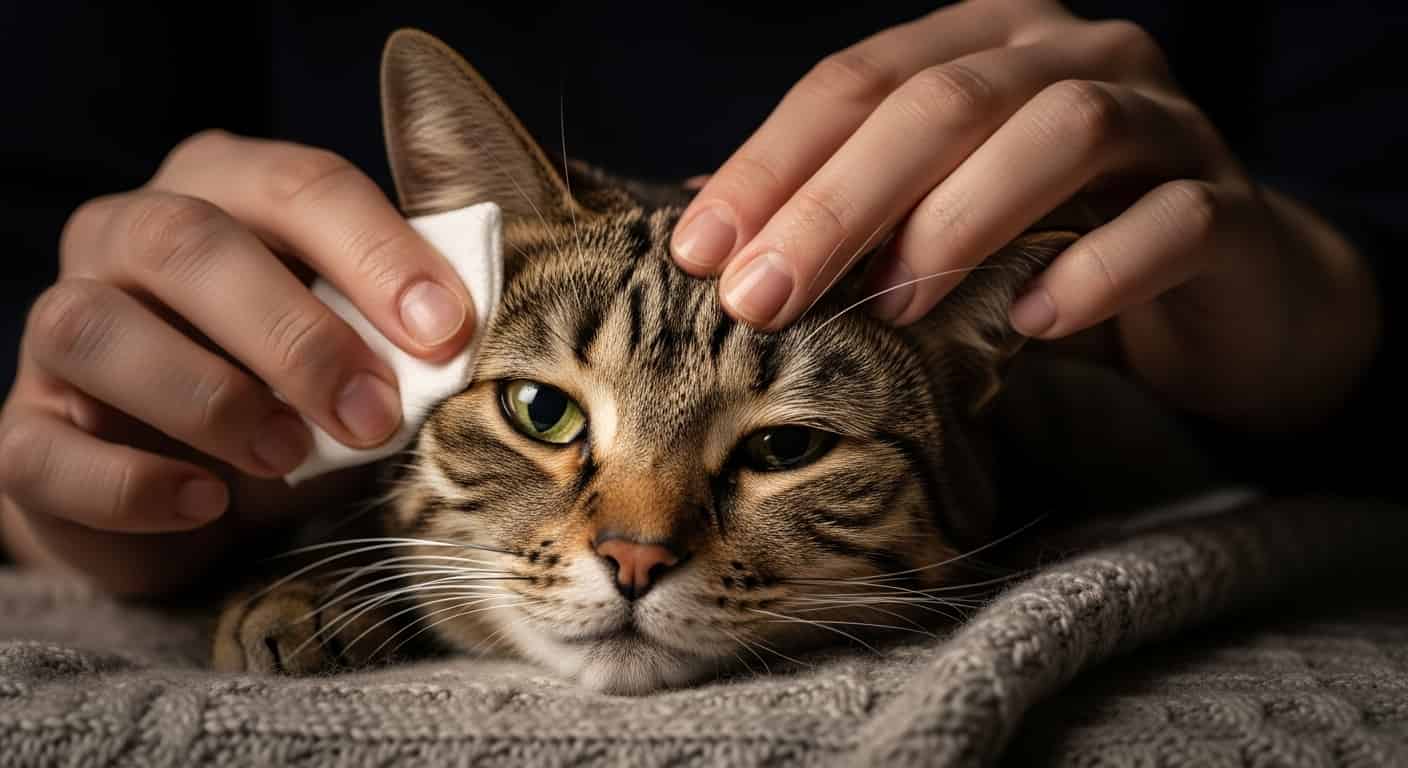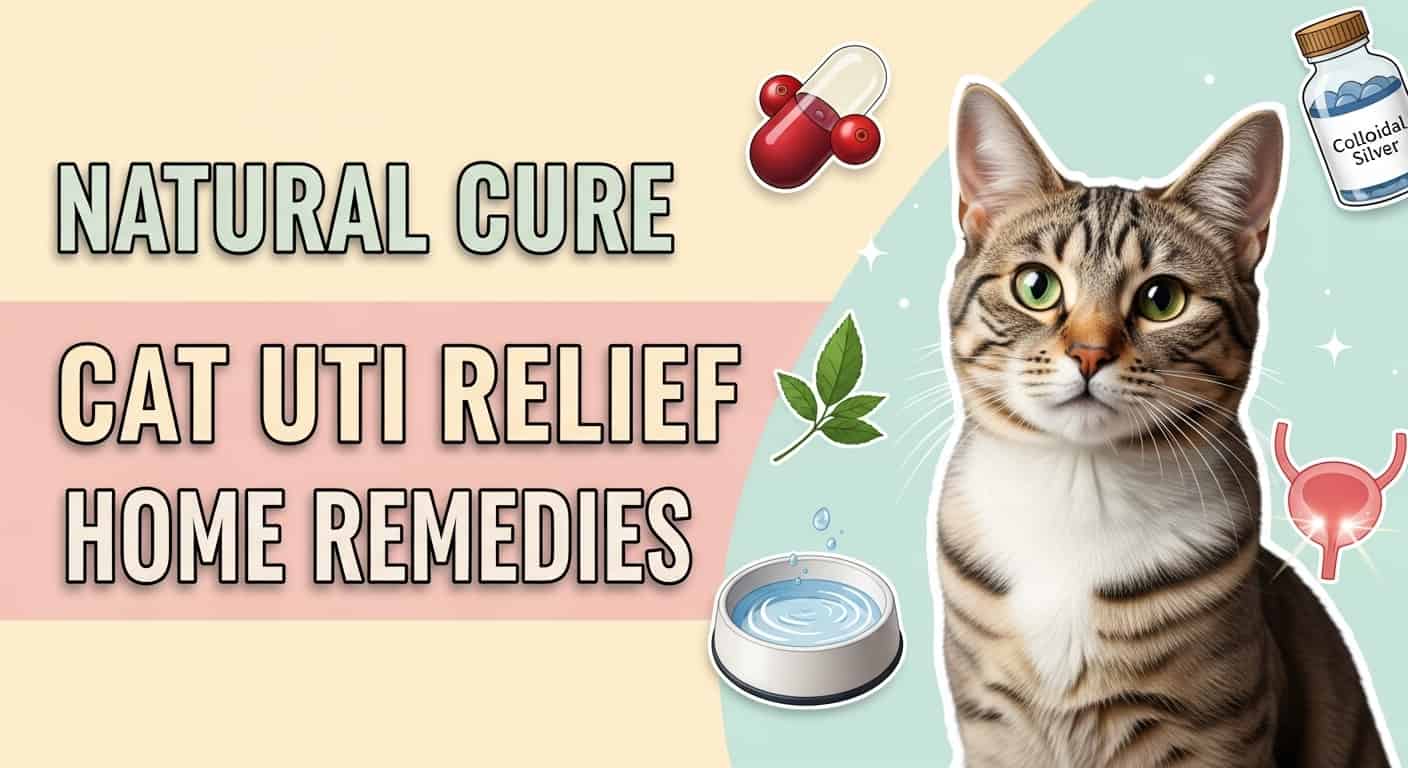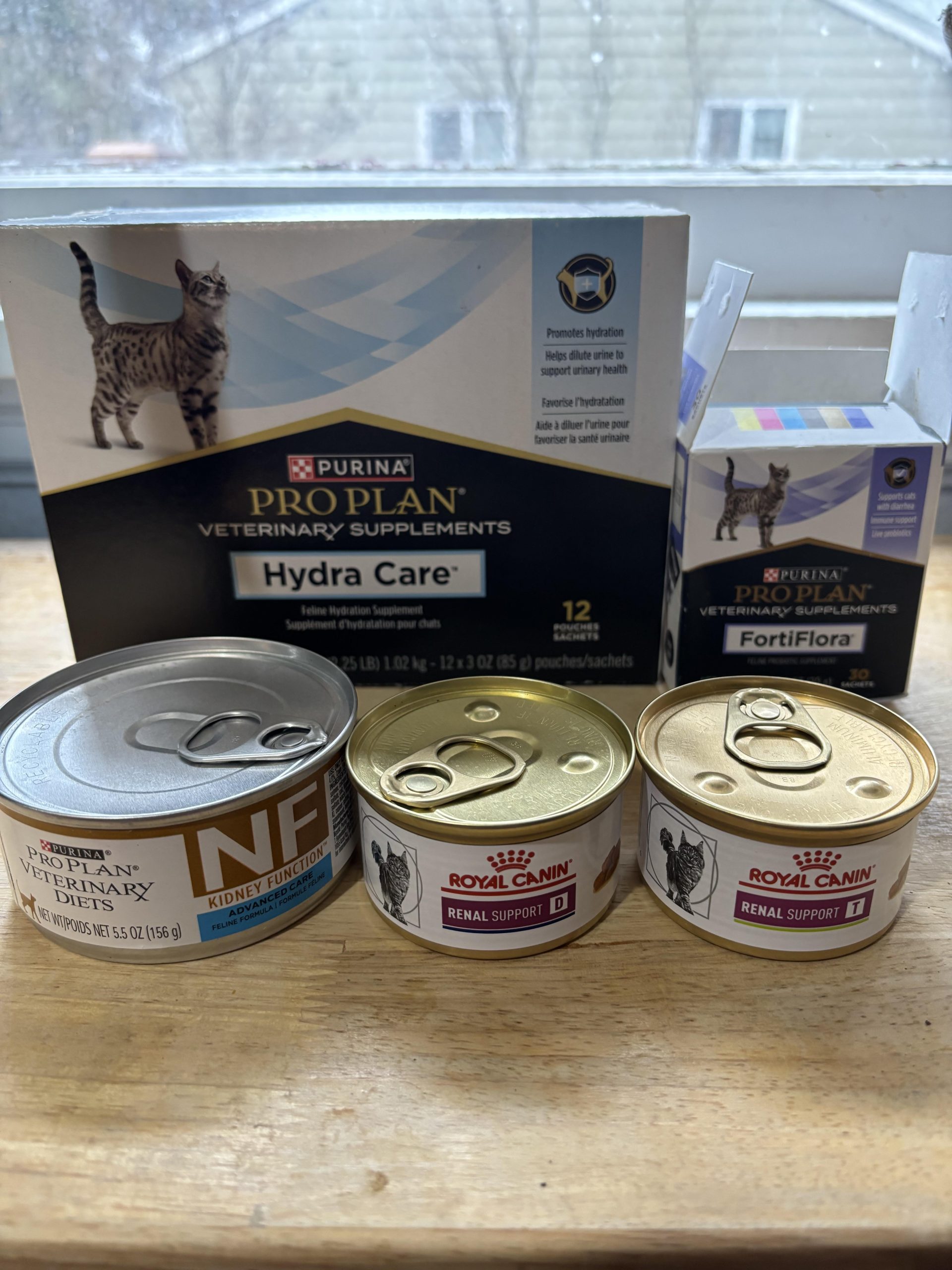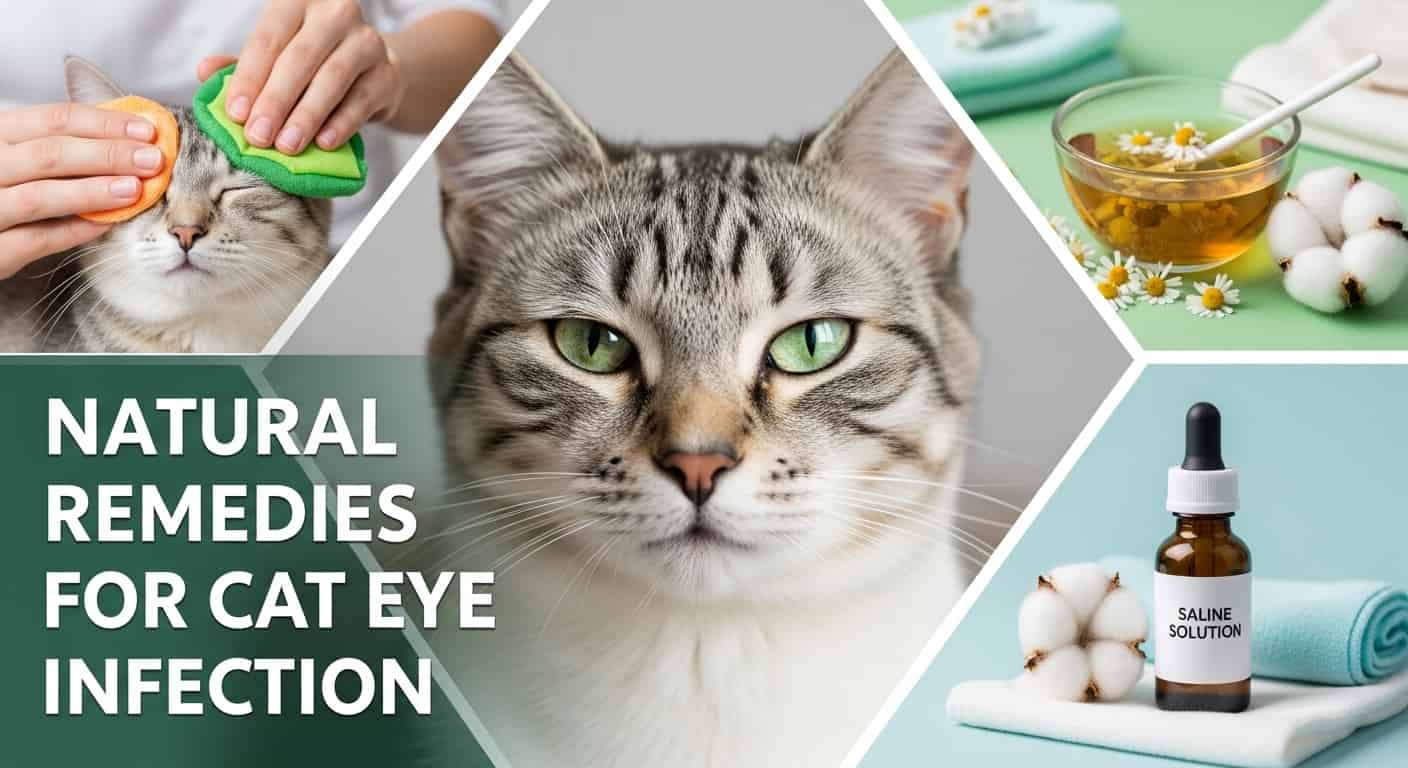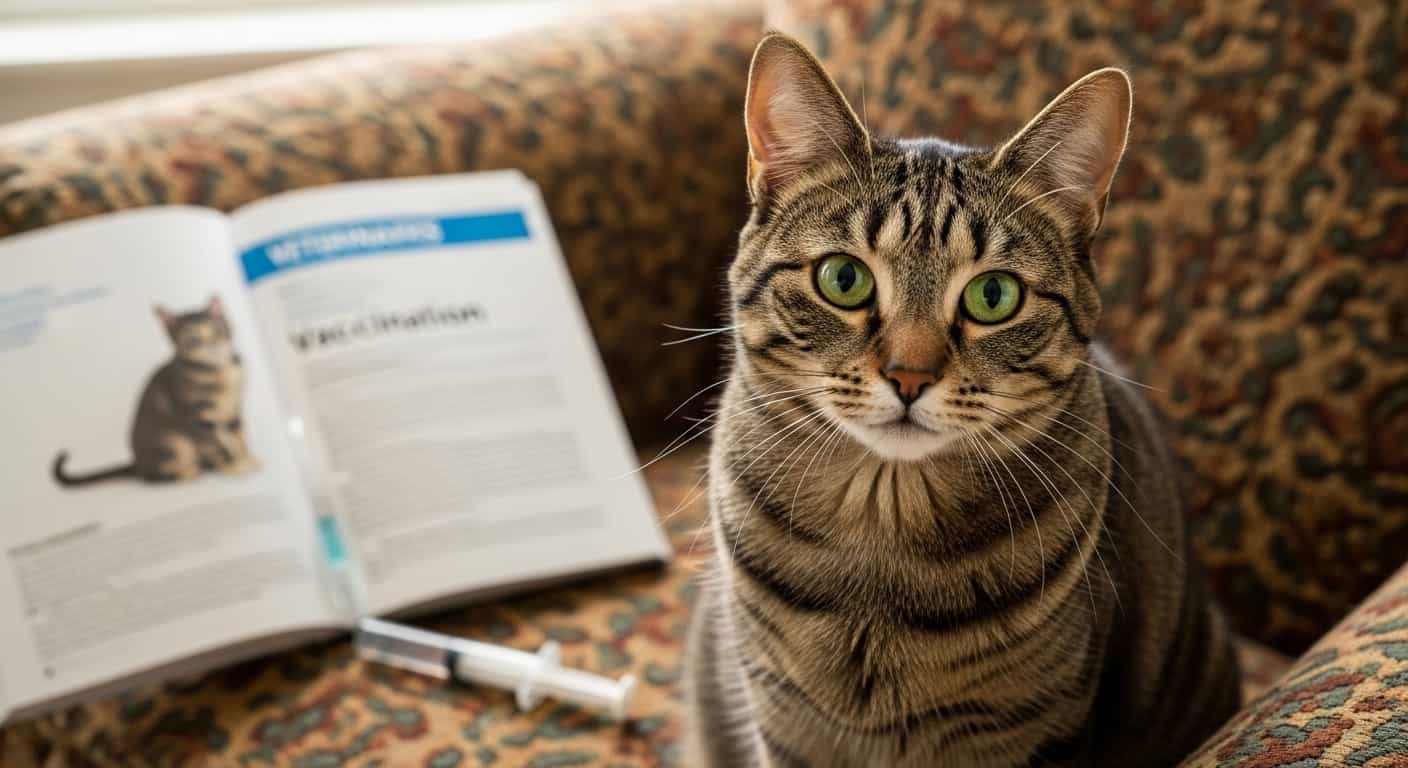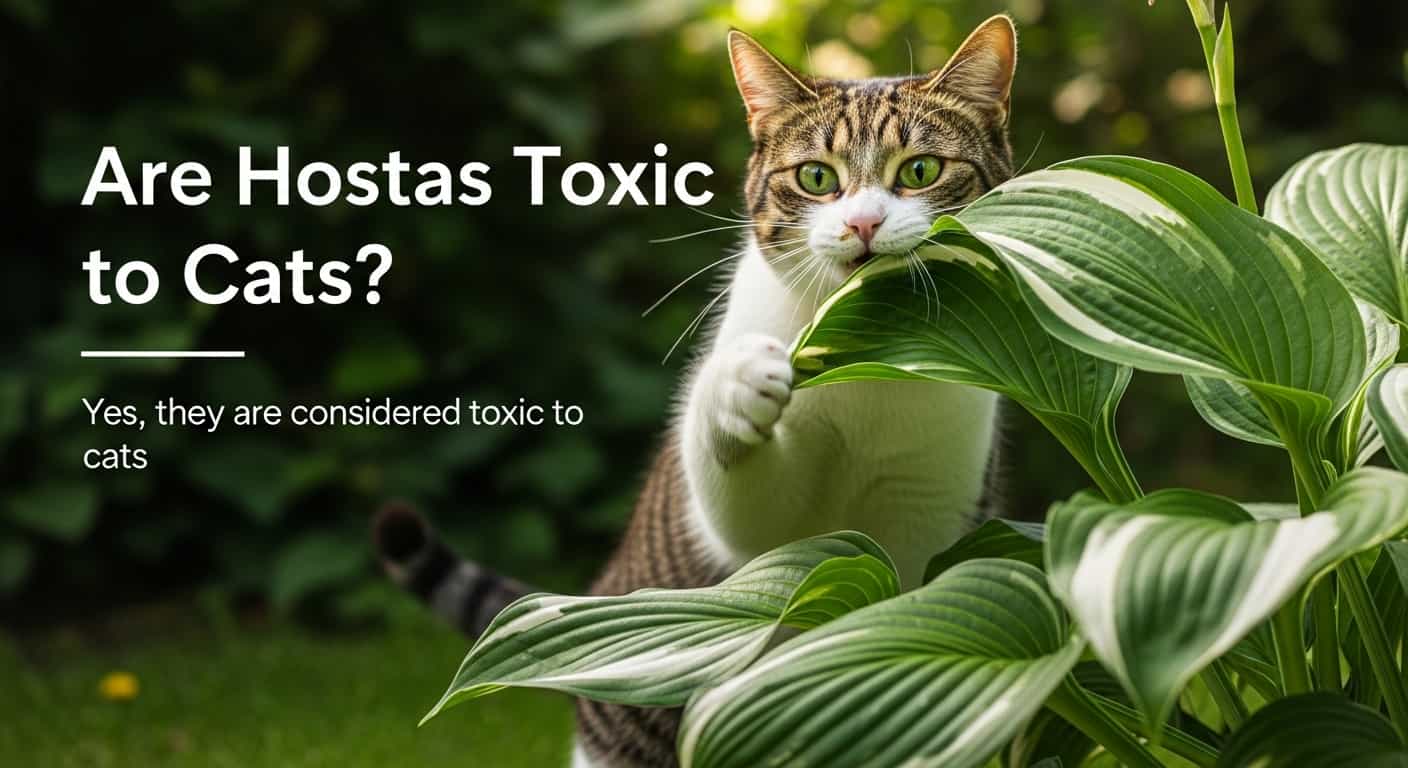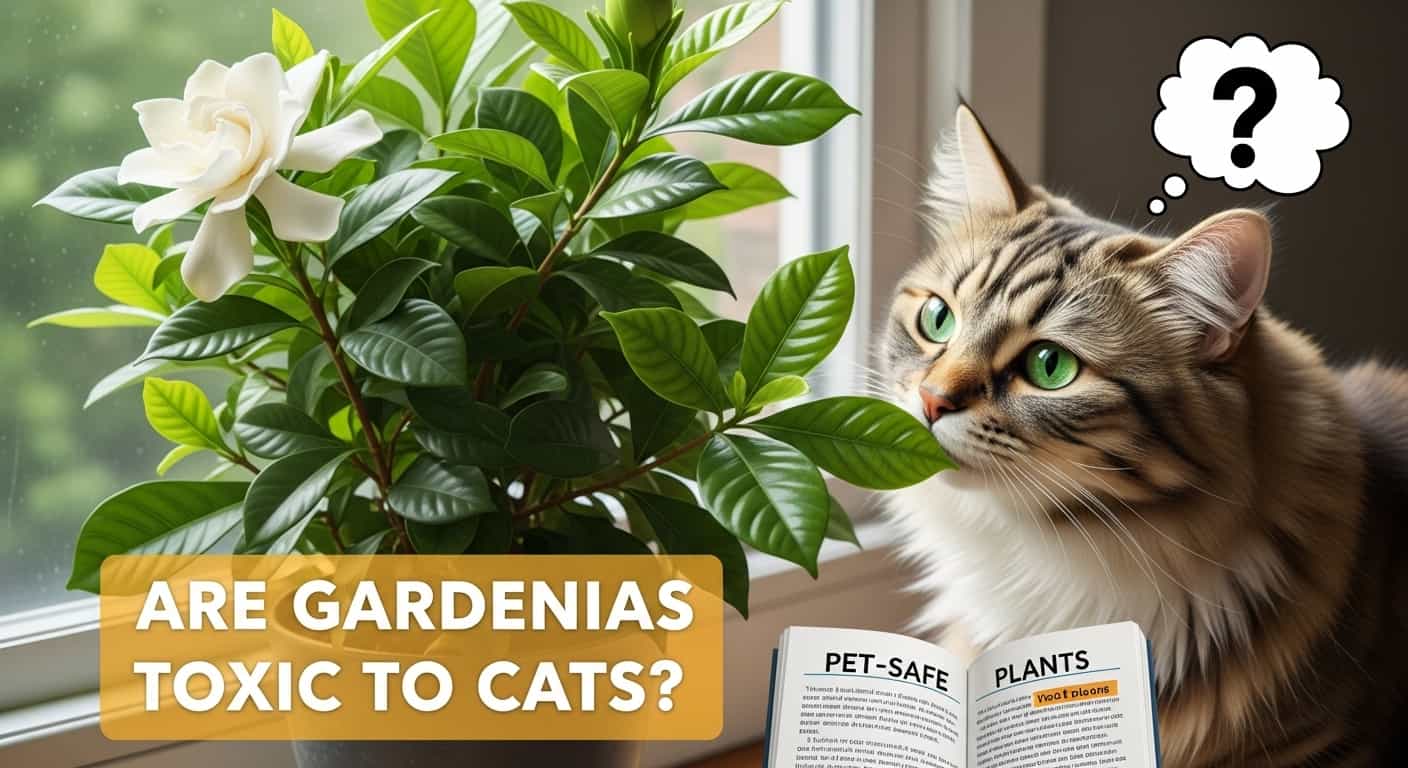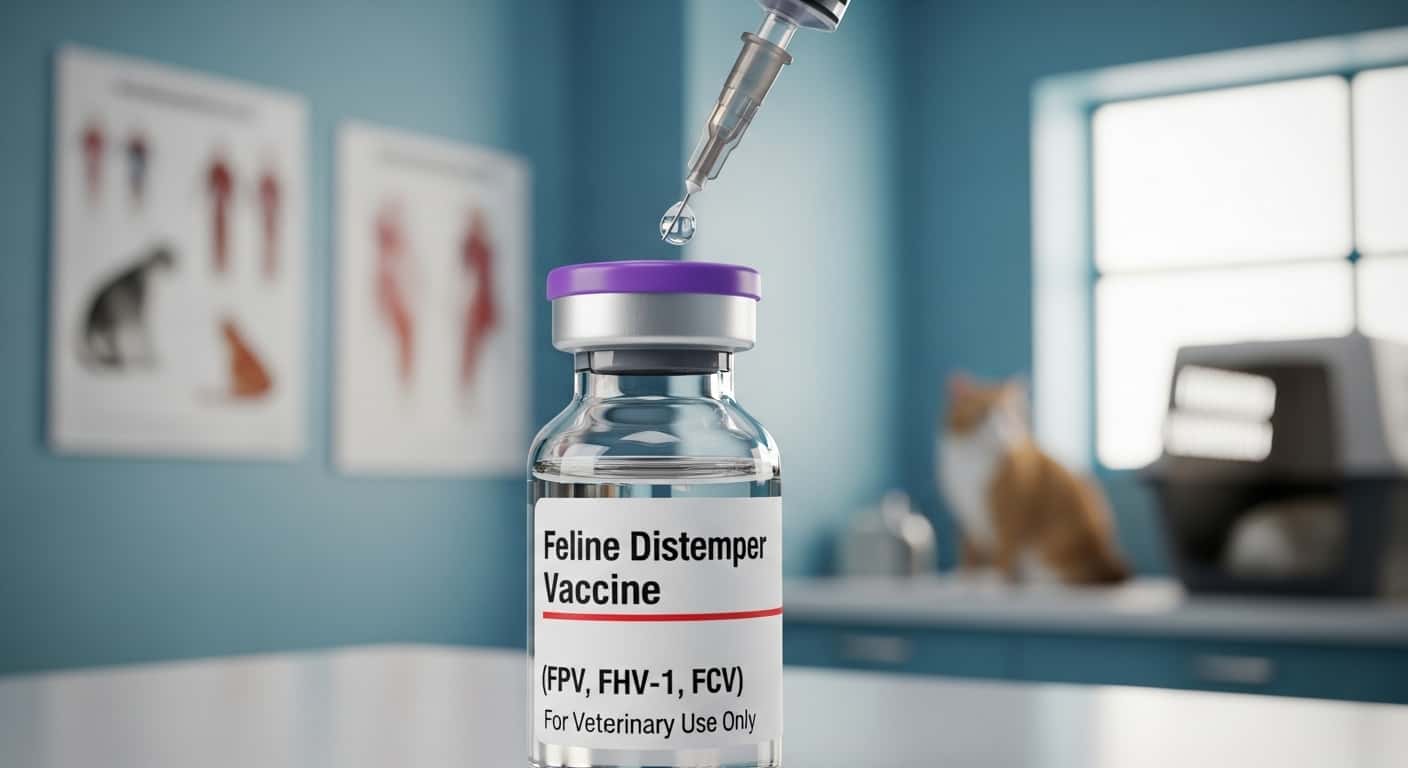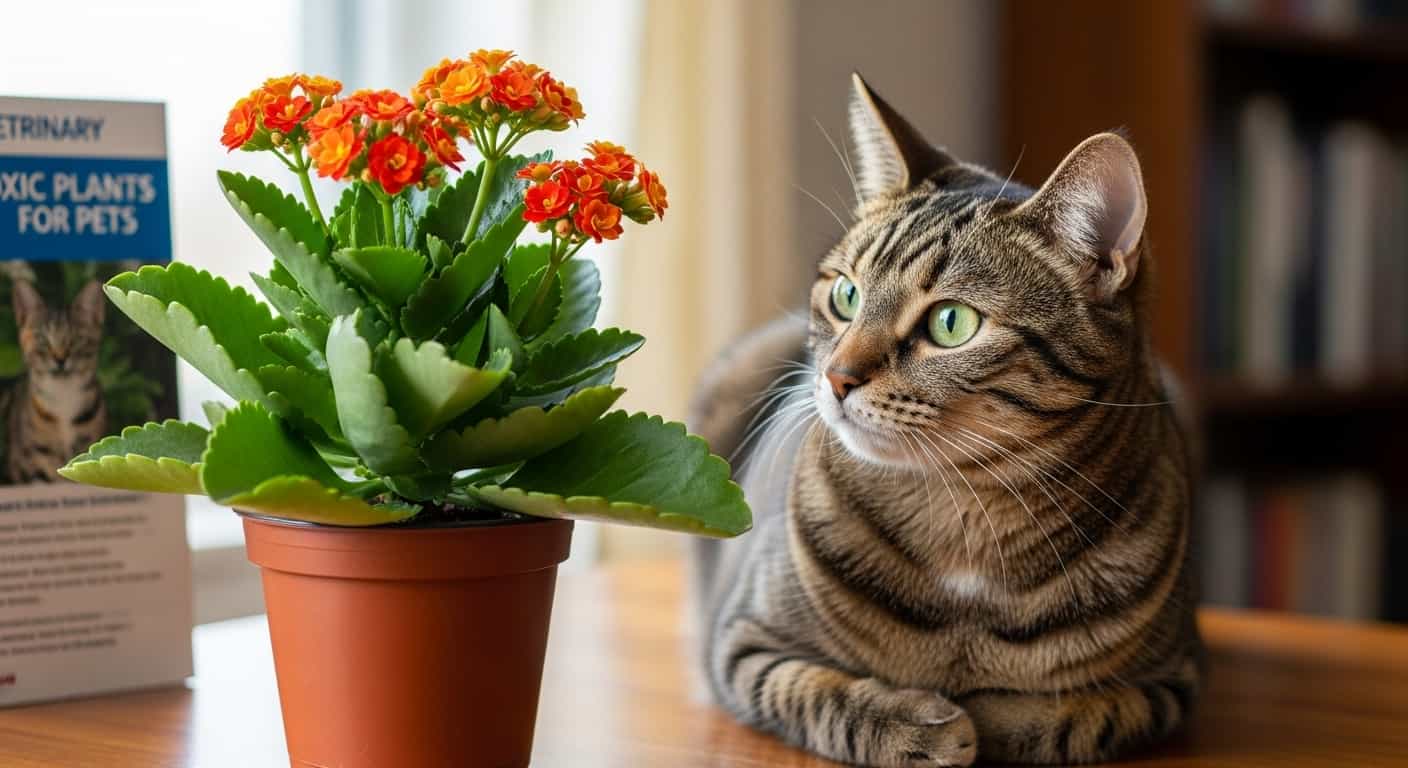Imagine stepping into your garden, the morning sun casting a gentle glow over vibrant blossoms. Among them, morning glories stand out, their delicate petals unfurling to greet the day.
Table of Contents
ToggleAs a cat lover, you cherish these moments of tranquility shared with your feline companion. Yet, a question lingers—are these beautiful flowers safe for your cat? You might not realize it, but your garden could be hiding a secret that affects your pet’s health.
As someone who adores both nature and animals, understanding potential hazards is crucial. This blog will unveil the truth about morning glories and their impact on cats, ensuring you can enjoy your garden worry-free. Stay with us to uncover the answers and safeguard your beloved pet.
Morning Glory Plant Overview
Morning Glory plants are known for their vibrant blooms, but they pose a risk to cats. These plants contain toxic compounds that can harm feline friends if ingested. Symptoms may include vomiting, diarrhea, and disorientation, requiring prompt veterinary care.
Morning glories are a beautiful addition to any garden, with their vibrant colors and delicate petals. But if you’re a cat owner, you might be wondering if these plants are safe for your furry friends. Understanding the basics of morning glory plants can help you make informed decisions about what to plant in your garden.What Are Morning Glories?
Morning glories are flowering plants known for their trumpet-shaped blooms that open in the morning and close in the afternoon. These plants come in various colors, including blue, purple, pink, and white. They are popular among gardeners for their fast-growing nature and ability to cover fences and trellises.Growth And Care Requirements
Morning glories thrive in full sunlight and well-drained soil. They are relatively low-maintenance, requiring minimal watering once established. However, be cautious of overwatering, as it can lead to root rot.Common Varieties
Some popular varieties of morning glories include ‘Heavenly Blue,’ ‘Scarlett O’Hara,’ and ‘Grandpa Otts.’ Each variety offers unique colors and patterns, providing a range of options for gardeners. Have you ever noticed how a simple change in plant variety can completely transform a garden space?Here's a related post that you might find useful. Are Hostas Toxic to Cats: Essential Safety Guide
Why Morning Glories Attract Gardeners
Their rapid growth and stunning flowers make them a favorite among gardeners. They can quickly cover unsightly areas or add vertical interest to a garden. Are you looking for a fast solution to brighten up your outdoor space?Potential Risks For Pets
While morning glories are beautiful, they can pose a risk to cats. The seeds contain toxic compounds that can cause harm if ingested. If your cat loves to explore the garden, it might be worth reconsidering your plant choices or taking preventive measures. Understanding these aspects of morning glory plants can help you decide whether they are a safe and suitable choice for your garden. It’s essential to balance the aesthetic appeal of your garden with the safety of your pets. Have you checked your garden for other potential hazards recently?
Credit: www.facebook.com
Toxicity In Cats
Morning glories pose a risk to cats. Consuming these flowers may lead to vomiting or diarrhea. Pet owners should keep these plants out of reach to ensure their furry friends remain safe and healthy.
Caring for our furry friends means being aware of potential dangers, including the plants they encounter. Cats, with their curious nature, often nibble on plants, sometimes leading to unintended consequences. Morning glories, with their vibrant blooms, might seem harmless but pose a threat to your feline companions.Symptoms Of Poisoning
If your cat ingests morning glories, you may notice worrying symptoms. These can range from mild to severe. Your cat might experience vomiting, diarrhea, or even hallucinations. Look for signs of lethargy or loss of appetite. These are clear indicators something might be wrong. In severe cases, cats can suffer from tremors or disorientation.Why Morning Glories Are Harmful
The seeds of morning glories contain toxic compounds. These substances, called lysergic alkaloids, are harmful to cats. They can affect your cat’s nervous system, leading to various symptoms. Imagine your cat wandering through a garden, intrigued by the bright flowers. A simple nibble on the seeds can lead to an unexpected trip to the vet. Keeping morning glories out of your garden can protect your pet. Have you ever stopped to consider what plants are in your home or garden? Ensuring your environment is safe for your cat is crucial. By removing potentially harmful plants, you can create a safer space for them to explore. Are there other plants you might need to reconsider having around your pet? Taking this step could be the difference between a happy, healthy cat and a concerning vet visit. Always stay informed and proactive in caring for your feline friend.Here's a related post that you might find useful. Are Gardenias Toxic to Cats: Essential Safety Guide
Immediate Actions For Exposure
Morning glories can be harmful to cats if ingested. Immediate actions include rinsing your cat’s mouth with water and removing any plant remnants. Consulting a veterinarian promptly ensures safety and proper care.
Immediate exposure of your cat to morning glories can be a cause for concern. These beautiful flowers might seem harmless, but they can be toxic to your furry friend. If your cat happens to nibble on these plants, it’s essential to act swiftly. Knowing the right steps can make all the difference in ensuring your pet’s safety.Recognizing Early Signs
Spotting early signs of morning glory ingestion is crucial. Keep an eye out for symptoms like vomiting, diarrhea, or a change in appetite. You might notice your cat appearing lethargic or unusually droopy. It’s like when you eat something that doesn’t agree with you—your energy dips, and you feel off. Listen to your intuition; if something feels wrong, it probably is.Steps To Take If Ingested
If you suspect your cat has ingested morning glories, act quickly. Start by removing any remaining plant material from their mouth or paws. It’s similar to cleaning up after a toddler who’s gotten into something they shouldn’t—swift action is key. Call your veterinarian immediately for advice. They might ask you questions about the plant and the symptoms your cat is showing. Be prepared to provide details. This isn’t the time to hesitate; your prompt response can prevent further complications. Consider whether you have pet-safe plants in your home. Why not create a safe haven for your curious cat? This not only protects them but also gives you peace of mind. Have you thought about rotating your plant selection to keep your home both safe and fresh?
Credit: www.aspca.org
Preventive Measures
Morning glories are beautiful but toxic to cats. Protecting your feline friend requires careful planning. Understanding preventive measures is crucial for every cat owner.
Creating a safe space is essential. Cats are curious creatures. They explore every corner of their home. Keeping toxic plants out of reach safeguards their health. Consider alternative options for your garden. This ensures a cat-friendly environment.
Creating A Safe Environment
Remove morning glories from your home. Replace them with non-toxic plants. Keep all harmful plants out of a cat’s reach. Use shelves or hangers for plant placement. Secure areas where cats roam freely. Regularly inspect your home for any dangerous plants.
Educate family members about plant toxicity. Everyone should be aware of the risks. Consider using barriers. This prevents cats from accessing certain areas. Always supervise outdoor activities. Cats can encounter toxic plants outside.
Alternatives To Toxic Plants
Choose cat-friendly plants. Spider plants are a safe option. African violets add color without risk. Cat grass offers a fun and healthy choice. These alternatives keep your garden safe. They provide beauty without danger.
Research plant safety before purchasing. Consult your vet for advice. They can suggest safe plant options. Ensure your garden is a safe haven. Prioritize your cat’s safety above aesthetics.
Consulting A Veterinarian
When your feline friend shows signs of distress after nibbling on plants like morning glories, it’s essential to act swiftly. Consulting a veterinarian can be the difference between a minor scare and a serious health issue. Not all plants are as innocent as they seem, and when your cat’s health is at stake, professional advice is invaluable.
When To Seek Professional Help
How can you tell if your cat needs a vet’s care? Look for symptoms such as vomiting, diarrhea, or unusual lethargy. If your cat seems off after interacting with morning glories, it’s time to pick up the phone.
Even if you’re unsure, it’s better to err on the side of caution. A quick call can ease your worries and provide guidance on the next steps. Remember, early intervention can prevent more serious complications.
What To Expect During A Visit
Visiting the vet can be a daunting experience, but knowing what to expect can ease some of the stress. Your veterinarian will likely ask about your cat’s recent activities, diet, and any symptoms you’ve noticed.
They may perform a physical examination and possibly run some tests. While this might sound overwhelming, these steps help pinpoint the issue and determine the best course of action.
It’s helpful to jot down any observations before the appointment. Details like the time symptoms started or changes in behavior can be crucial in diagnosing the problem.
Have you ever been in a similar situation with your pet? Share your story in the comments. It might just help another worried pet owner!

Credit: www.catster.com
Educating Others
Morning glories are beautiful but can harm cats. Many people don’t know this. Educating others about this risk can save our furry friends. It’s important to share this knowledge widely. This can prevent many unfortunate incidents. Let’s discuss how to spread the word effectively.
Sharing Knowledge With Friends
Start with your circle. Tell friends and family about morning glories’ toxicity. Share this information during casual conversations. Use social media for a wider reach. A simple post can alert many people. Encourage others to spread the message too. Every small effort counts.
Community Awareness Initiatives
Organize community workshops. Use these to educate pet owners about plant dangers. Contact local pet stores and vet clinics. They can help share important information. Partner with local schools for awareness programs. Kids can take this message home. Education is a powerful tool.
Frequently Asked Questions
Are Morning Glories Harmful To Cats?
Yes, morning glories are toxic to cats. They contain lysergic alkaloids, which can cause vomiting, diarrhea, and hallucinations. If ingested, seek veterinary help immediately. Always keep these plants out of your cat’s reach to ensure their safety and well-being.
What Symptoms Do Cats Show If Poisoned?
Cats may exhibit symptoms like vomiting, diarrhea, and lethargy. They might also show signs of disorientation or hallucinations. If your cat shows any of these symptoms after exposure to morning glories, contact a veterinarian immediately for guidance and treatment.
How Can I Keep My Cat Safe From Morning Glories?
To keep your cat safe, avoid planting morning glories in your garden or home. If you have them, ensure they are out of reach. Regularly check your garden and indoor spaces for any fallen seeds or leaves that your cat might ingest.
What Should I Do If My Cat Eats Morning Glories?
If your cat eats morning glories, contact your veterinarian immediately. Provide them with details about the ingestion and any symptoms. Follow their guidance for treatment. Prompt action can prevent serious health issues and ensure your cat’s safety.
Conclusion
Morning glories can be toxic to cats. Keep them out of reach. Cats might nibble on plants when curious. This can lead to serious health issues. Symptoms include vomiting and diarrhea. Always watch your cat’s behavior closely. Remove morning glories if your cat seems interested.
Consult a vet if your cat shows symptoms. Safety comes first for your furry friend. Choose cat-safe plants for home gardens. Your cat’s health is in your hands. Keep them safe and happy.

